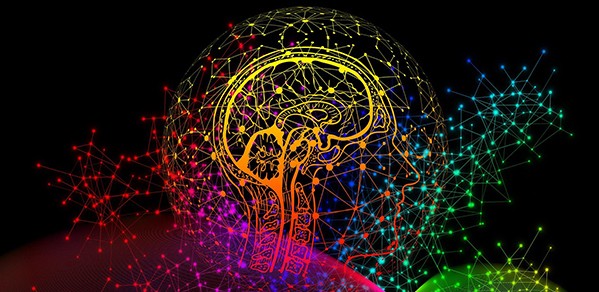
Healthcare and aerospace experts at the University of Cambridge, King's College London, The Alan Turing Institute, and the Oden Institute for Computational Engineering and Sciences at the University of Texas at Austin, say advances in Digital Twin technology make it a powerful tool for facilitating predictive and precision medicine and enhancing decision-making for aerospace systems.
In healthcare, the increasing power of computers and algorithms are enabling technologies to build a patient-specific Digital Twin, catering to our diversity as human beings and improving individual health outcomes.
Professor Mark Girolami
Their opinion piece has been published in Nature Computational Science.
When applied to healthcare, the Digital Twin – a virtual version of real-life objects that can be used to predict how that object will perform – could predict how a patient’s disease will develop and how patients are likely to respond to different therapies. It is also of huge benefit in aerospace, where, for example, the technology will be needed to monitor and control thousands of drones, ensuring that they are maintained, have efficient and safe flight plans and can automatically adapt to changes in conditions, such as weather, without the need for human interaction.
However, current Digital Twins are largely the result of bespoke technical solutions that are difficult to scale.
The authors say that these 'use cases' place new demands on the speed, robustness, validation, verification and uncertainty quantification in Digital Twin creation workflows. Achieving Digital Twins at scale will require a drastic reduction in technical barriers to their adoption.
Co-author of the article, Professor Mark Girolami, Sir Kirby Laing Professor of Civil Engineering, Royal Academy of Engineering Research Chair at the University of Cambridge, and Programme Director for Data-Centric Engineering at The Alan Turing Institute, said: “The promise of data-driven coupling of mathematical models with the physical reality they represent, the so-called Digital Twin, is going to be transformational in how we interact with and control the physical world. In healthcare for instance, the increasing power of computers and algorithms are enabling technologies to build a patient-specific Digital Twin, catering to our diversity as human beings and improving individual health outcomes. However, these promised advances are going to be hard won, requiring further concerted and sustained foundational research and development to fully realise the promise of the Digital Twin."
Lead author Professor Steven Niederer, from the School of Biomedical Engineering & Imaging Sciences, King’s College London, said in medicine, the Digital Twin will allow testing of a large number of therapies on a patient to identify the best option for that individual with their unique disease.
"There is, however, a need to invest in the underlying theory for how to make models, how to run these models at speed and how to combine multiple models together to ensure that they run as expected,” he said. “We also need to further develop the mathematics of how we create Digital Twins from patient data, how we measure uncertainty in patient data, and how to account for uncertainty in the model in predictions. These are all things which need further investment.”
“We are making more measurements in patients in the hospital and from remote monitoring and we need to develop methods for rapidly and robustly combining this patient information into a Digital Twin to provide a single representation of the patient," he added. “Another challenge is how do we get better at predicting how the heart will operate under extreme conditions. We often want to predict when the heart will fail, however, we only have information that is obtained from them under normal operating procedures.”
Similarly from an aerospace perspective, Dr Karen Willcox, Director, Oden Institute for Computational Engineering and Sciences at the University of Texas at Austin, said, in order to be useful, the Digital Twin must be predictive and quantify uncertainty.
“Digital Twins must be able to analyse ‘what if’ scenarios and issue predictions about the future, in order to guide decision-making to manage a physical asset. That means the Digital Twin cannot be built on data alone, it needs to include both data and predictive models,” she said.
Though open challenges remain, the value of Digital Twins is clear. And they don't have to be perfect to be valuable.
“Even with existing limitations, Digital Twins are providing valuable decision support in many different application areas,” said Dr Willcox. “Ultimately, we would like to see the technology used in every engineering system. At that point, we can start thinking not just about how a Digital Twin might change the way we operate the system, but also how we design it in the first place.”

